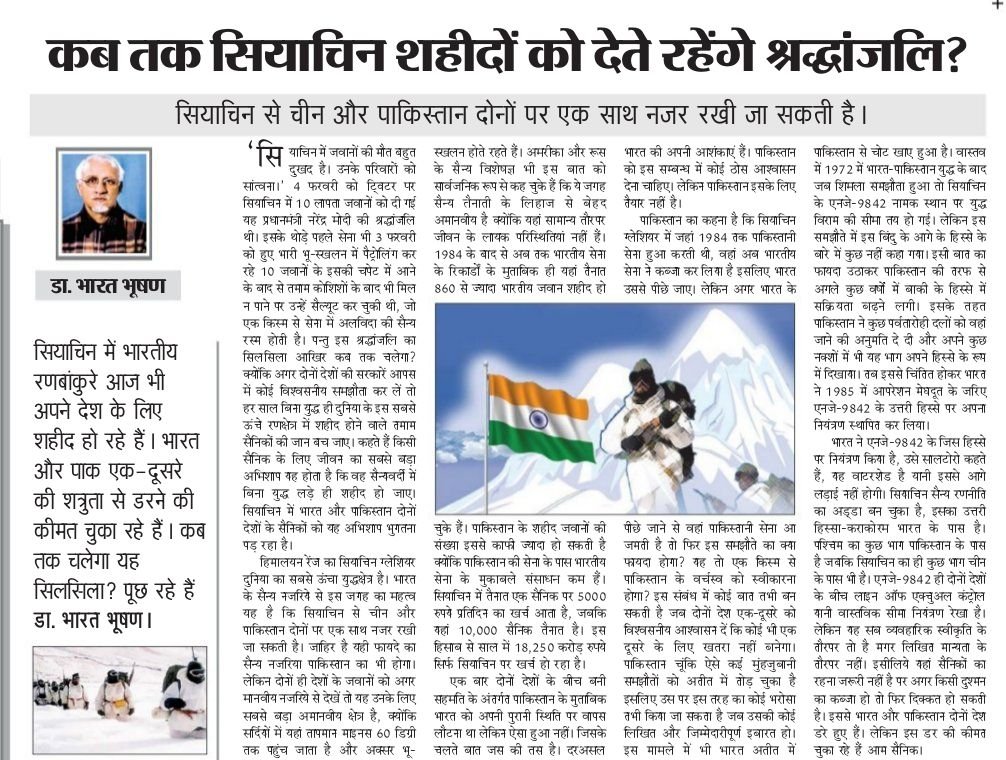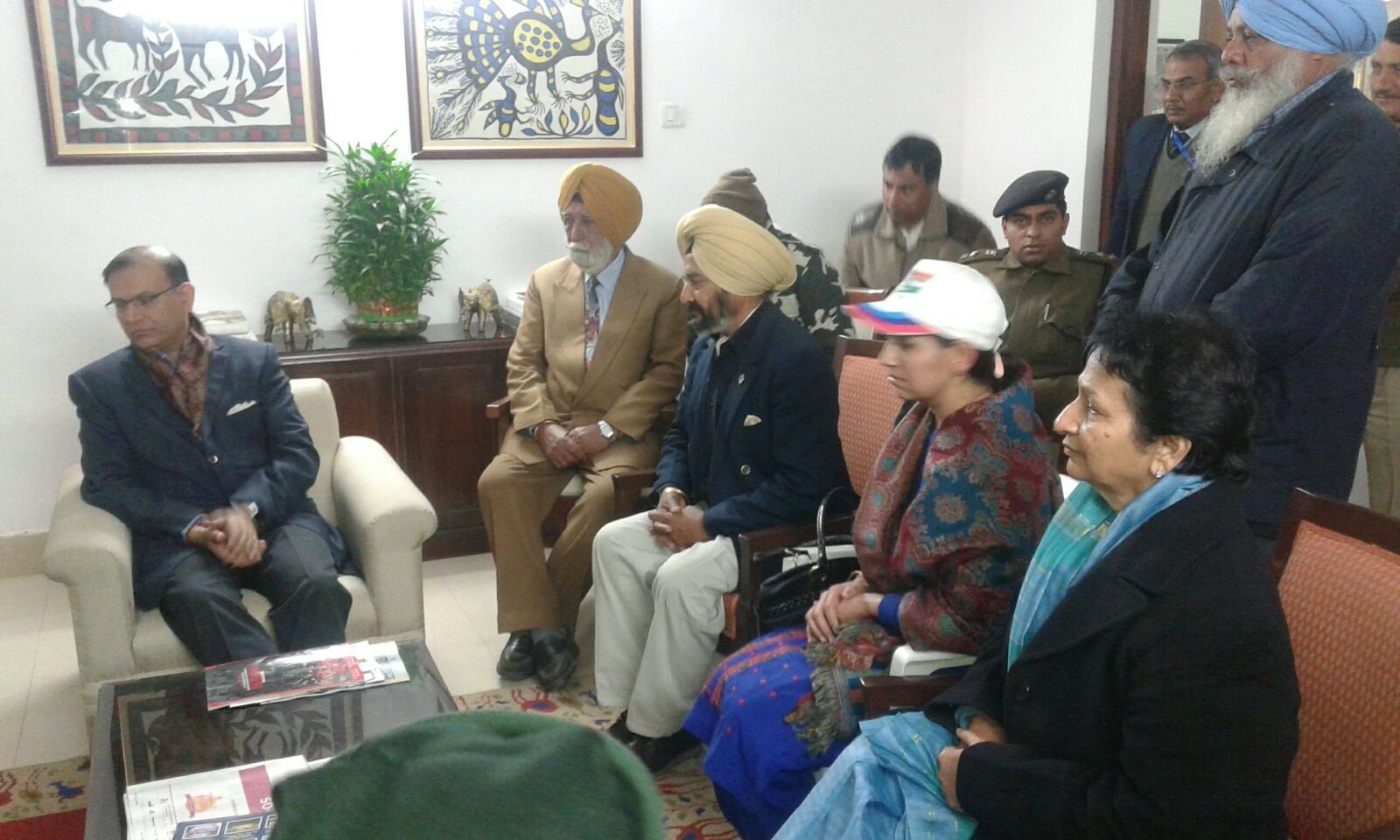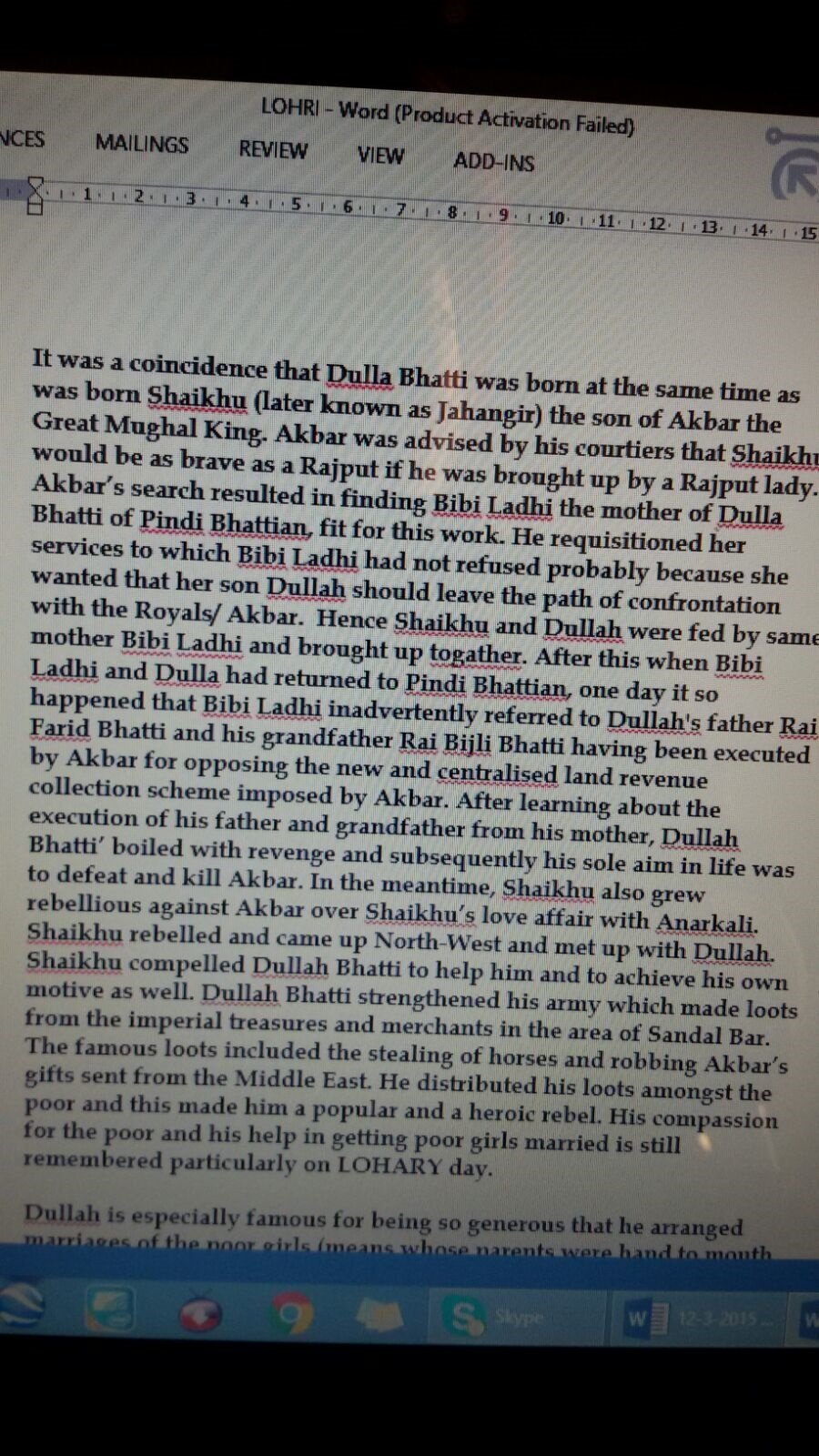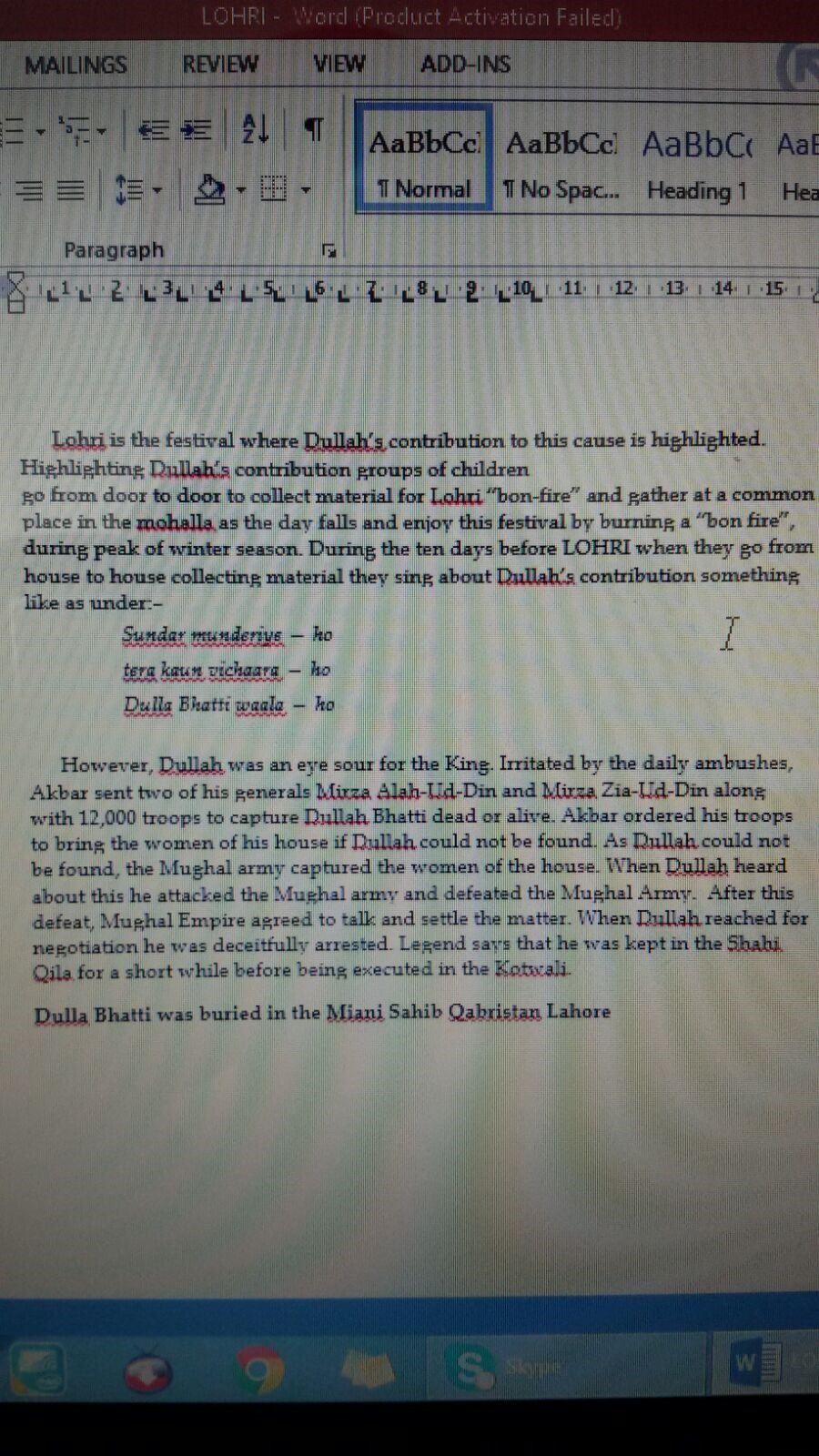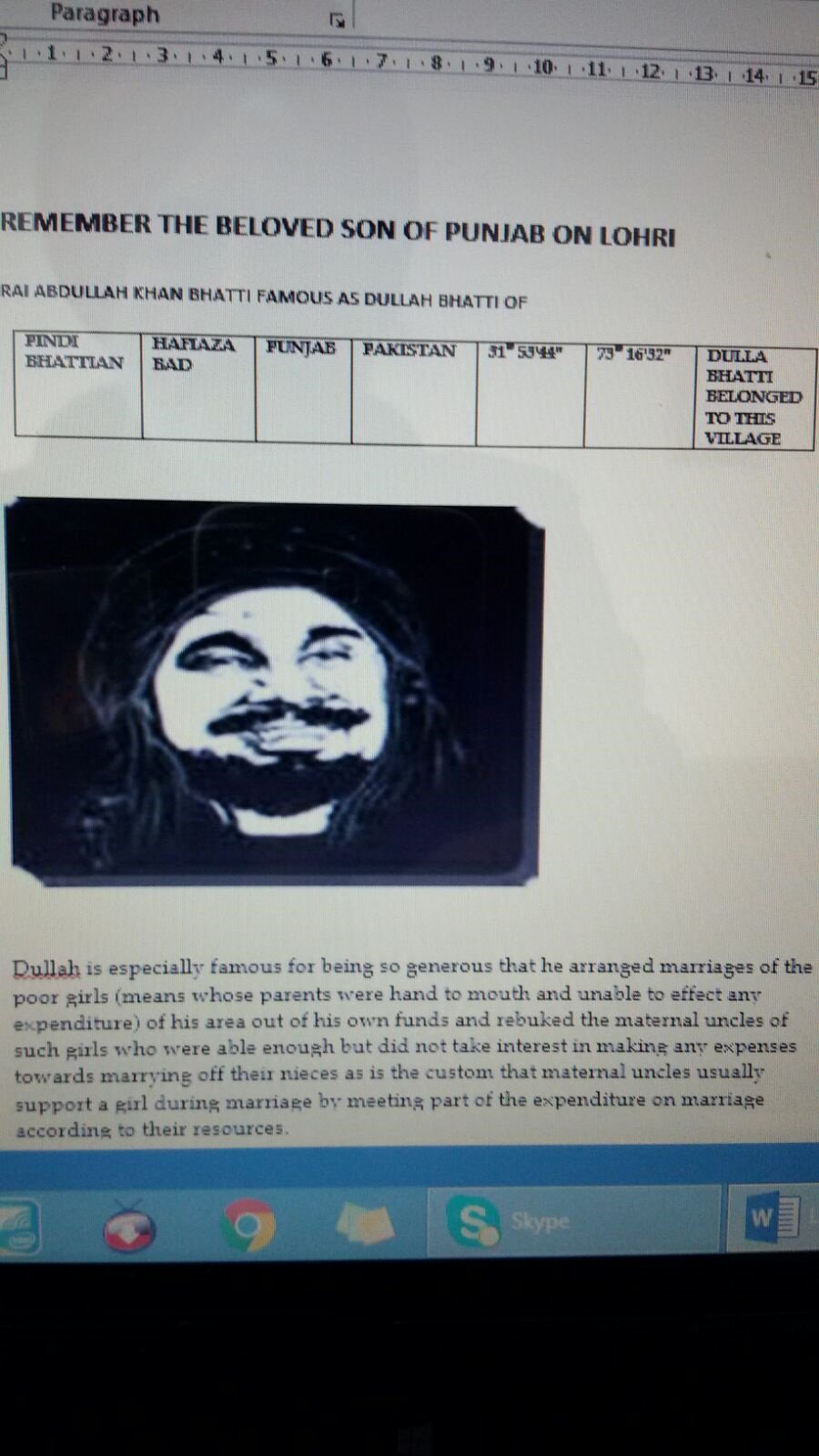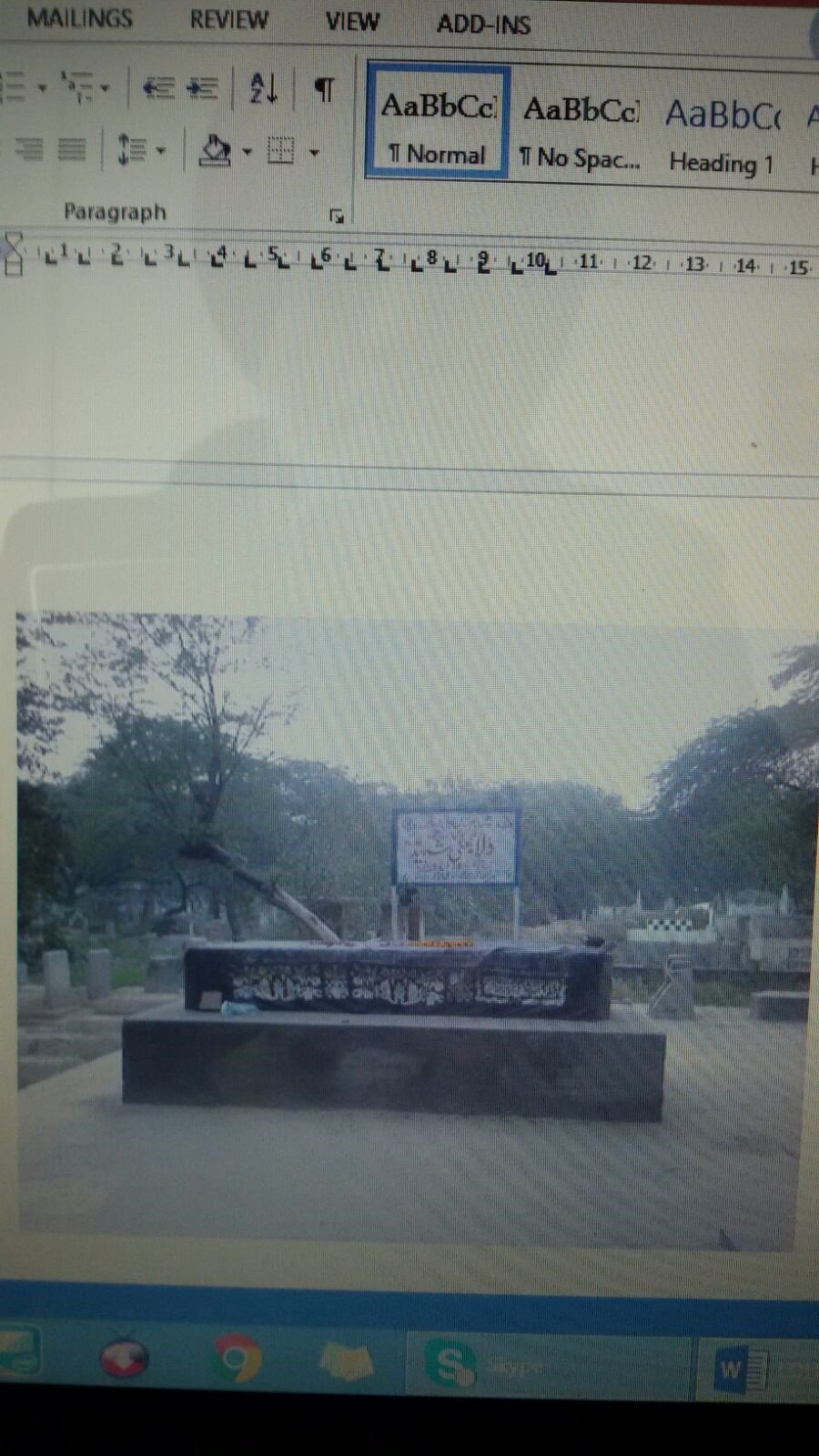In early 1990, then PM Chandra Shekhar had agreed with this assessment when he approved a proposal rejecting demands for setting up a third inquiry to ascertain the facts about Netaji’s death. The third inquiry was ordered by the NDA government a decade later.
But in November 1977, the Janata Party government, in which Atal Bihari Vajpayee and LK Advani were ministers, too had found it unnecessary to launch any fresh inquiry.
A home ministry note stated that the Cabinet had approved a proposal that “no fresh inquiry into the disappearance of Netaji is necessary”.
In February 1978, chief priest of the Renkoji Temple in Tokyo wrote to the government of India asking for recognition “in the form of a letter or medal” from the government for the trouble taken by him in retaining the ashes in his safe custody under difficult circumstances.
The government was then paying ` 5,000 per year to the chief priest. It refused to give any medal but agreed to send a letter acknowledging his contribution. The then Intelligence Bureau joint director, TV Rajeshwar, said in August 1976 that the Bose family and Forward Bloc would never accept that the ashes belonged to Netaji.
NEW DELHI: His rivals often accused former Prime Minister Jawaharlal Nehru of unfair treatment to Netaji Subhas Chandra Bose, but related documents declassified by the government have revealed that the Congress had set up a trust through which a monthly sum of ` 500 was paid to Bose’s daughter, Anita.
 HT FILE/ RAVI CHOUDHARYProtests were held in New Delhi seeking declassification of secret files on Netaji, in August 2015. Anita Bose Pfaff, Netaji’s daughterThe documents also revealed a series of exchanges between Nehru and then West Bengal chief minister BC Roy on how to provide Anita the assistance. The All India Congress Committee (AICC) had contributed an initial sum of ` 2 lakh to set up the trust under Nehru and Roy. Until 1964, the AICC sent Anita ` 6,000 annually and stopped it in 1965 after her marriage.
HT FILE/ RAVI CHOUDHARYProtests were held in New Delhi seeking declassification of secret files on Netaji, in August 2015. Anita Bose Pfaff, Netaji’s daughterThe documents also revealed a series of exchanges between Nehru and then West Bengal chief minister BC Roy on how to provide Anita the assistance. The All India Congress Committee (AICC) had contributed an initial sum of ` 2 lakh to set up the trust under Nehru and Roy. Until 1964, the AICC sent Anita ` 6,000 annually and stopped it in 1965 after her marriage.
“Dr BC Roy and I signed and executed today a trust deed in favour of Subhas Chandra Bose’s child in Vienna. I gave the original document to the office of the AICC for safe custody,” reads a document signed by Nehru on May 23, 1954.
Subsequently, the Prime Minister’s Office (PMO) in a letter to Justice GD Khosla in 1978 informed that “despite certain doubts being raised, it has been acknowledged that Emilie Schenkl was Subhas Bose’s widow and Anita Schenkl his daughter”. NEW DELHI: Two of the three commissions set up by the Centre over the years to demystify the death of Netaji Subhas Chandra Bose had concluded that he died in a plane crash in 1945, but the Justice Mukherjee Commission of Inquiry (JMCI) set up in 1999 did not agree with the premise.
The commission was mandated to find out if Netaji had died in the air crash, if the ashes kept in the Japanese temple were his, whether he died in any other manner in any other place or if he’s still alive.
Unlike the Shah Nawaz Commission of 1956 and the oneman Khosla Commission of 1970, both of which concluded that Bose died in Taipei in 1945, the JMCI expressed doubts over the testimonies of the crash survivors who reportedly said Netaji died because of the third-degree burns that he suffered when petrol from the fuel tank splashed on him.
The commission pointed out that if the plane had nosedived, as was mentioned by Netaji’s associate Habib Ur Rehman, there would have been no survivors.
The Mukherjee Commission that submitted a three-volume report in 2005 and had recommended a DNA test of the ashes kept in the Renkoji Temple in Japan concluded that Netaji did not die in the 1945 plane crash.
Though the JMCI had declined to accept the assumption that Gumnami Baba, a monk who lived in Faizabad till his death in 1985 was Netaji, it suggested that the plane crash was used as a cover to allow Netaji to escape. It also suggested that the Japanese army wanted to pass off the death of one Okara Ichiro, supposed to be a Taiwanese army man, as that of Netaji.
The UPA government, however, rejected the report, pointing out that it has “many weaknesses” and although it differs from the earlier committees and commissions, it does not come out with “adequate and solid reasons, justifications and grounds for coming to the conclusions”.
The home ministry found the Mukherjee Commission report conclusions “hasty and bristled with flaws”.
To buttress their reasons for not accepting the report, the MHA, in its file notings, said: “…acceptance of the report may lead to hue and cry by those who still want to bank on and exploit the issue.”
It further says, “…The report is not going to solve the mystery of Netaji’s death, on the contrary, it makes the issue more mysterious.” To keep his death under the wraps, the death certificate issued for Subhas Chandra Bose was in the name of Ichiro Okura. The certificate was issued by the bureau of Health and Hygiene, Taipei Municipal office on July 24, 1956. The Japanese government had handed it over to India in 1996. Though it was decided at the highest levels in government to shift the purported ashes of Bose from Renkoji temple to the embassy premises, Indian mission in Tokyo expressed reservation, saying the move would upset the Japanese The Congress had been sending ` 6,000 per year to Bose’s daughter Anita until 1964. The money stopped after Anita Bose got married to Martin Pfaff, an American national. In 1960, Anita had stayed at the official residence of The Janata Party government, in which BJP leaders Atal Bihari Vajpayee and LK Advani were ministers, found it unnecessary to launch any fresh inquiry into Netaji’s death, akin to the Congress government before it that wanted to avoid controversies NEW DELHI: Anita Pfaff ’s statement that she believes her father Netaji Subhas Chandra Bose died in the 1945 air crash has not been received well by the extended Bose family.
The assumption that Netaji died in a crash has been supported by two commissions set up by the government to inquire into his mysterious death.
On Saturday, after Prime Minister Narendra Modi unveiled 100 digitised declassified files related to Netaji, Bose family members said they were hopeful the documents would help unravel the mystery.
But family members were dismayed over Pfaff’s comments. In an interview with HT on January 22, Pfaff said she had come to believe that her father died in the crash and did not support the “asinine theories” that he lived in the mountains as ‘Gumnami Baba’.
the PM when she visited India A declassified file from the external affairs ministry’s political division says Netaji’s wife Emilie Schenkl didn’t take any money. In another declassified
In 2007, Pfaff wrote a letter to the chief priest of Tokyo’s Renkoji Temple saying the Mukherjee Commission of Inquiry, set up by the government, had concluded there was no documentary proof of Netaji’s death and “much to my distress some of the persons sharing the view are also members of my and my father’s family as well document, Jawaharlal Nehru, as PM, talks of setting aside ` 2 lakh for “some kind of a trust for Netaji’s daughter” A report in a Russian publication with dwindling circulation that Netaji was allegedly working for MI 6 had the government worked up and make a note on the issue. as some dedicated devotees of my father”. Netaji’s ashes are supposed to be preserved in the temple.
Surya Kumar Bose, Netaji’s grandnephew, said he was disappointed with Pfaff accepting the air crash theory. He said Netaji’s wife, Emilie Schenkl, did not believe he died in the crash, which was evident from the fact that she did not sign the document agreeing to accompany the ashes to Japan.
On Pfaff ’s letter agreeing to accept the ashes as that of her father’s, Surya said: “She may have some reasons. She did so after meeting Pranab Mukherjee, who was then handling external affairs.”
Anuj Dhar, author of India’s Biggest Cover-Up, an investigation into Netaji’s death, also differed with Pfaff ’s view. “She (Anita) did not support the declassification of files. It was only after the PM announced the files would be declassified that she came around. Beside, her mother never believed that Netaji died in the crash.”
This is not the first time the family has disagreed on Netaji’s death. Historian and TMC MP Sugata Bose had also said he believed Netaji had died in the crash.

 In a letter to LK Advani, then deputy Prime Minister, Sugata said: “I believe the time has come for Indian people to come to terms with the mortal end of a deathless hero.”
In a letter to LK Advani, then deputy Prime Minister, Sugata said: “I believe the time has come for Indian people to come to terms with the mortal end of a deathless hero.”
‘Netaji’s treasure trove a poor show’
NEW DELHI: The controversy over the fabled Indian National Army (INA) treasure, the war chest consisting of gold, jewellery and cash raised by Subhas Chandra Bose to fight the British, and how it reached India from Japan form part of the files released by the government on Saturday.
 The INA treasure was secretly brought to India from Japan and was inspected by then Prime Minister Jawaharlal Nehru, who called it a “poor show” as “some evidence of the aircraft and subsequent fire” in a signed note dated January 9, 1953.
The INA treasure was secretly brought to India from Japan and was inspected by then Prime Minister Jawaharlal Nehru, who called it a “poor show” as “some evidence of the aircraft and subsequent fire” in a signed note dated January 9, 1953.
“Apart from some gold pieces, it consists of charred remains of some rather cheap jewellery chiefly some silver and gold articles, all broken up,” Nehru wrote.
However, the issue was dug The INA treasure was secretly brought to India from Japan and was inspected by then Prime Minister Jawaharlal Nehru In a signed note dated January 9, 1953, Nehru called it a “poor show” as “some evidence of the aircraft and subsequent fire” “Apart from some gold pieces, it consists of charred remains of some rather cheap jewellery chiefly some silver and gold articles, all broken up,” he said. up decades later in 1978 when the Janata Party was in power.
The Lok Sabha at the time was then informed that the contents of the treasure box were sealed and consigned to the vaults of the National Museum in Delhi for safe custody in December 1953, while the cash component, or ` 267, was transferred to the INA welfare fund.
In a report in 1978, the Japan Times quoted then Prime Minister Moraji Desai’s statement in Parliament that the treasure box handed over by the Japanese contained precious stones, nose rings and ear studs.
A letter from the then joint secretary (administration) IP Khosla to Indian ambassador to Japan Eric Gonsalves that same year said that on December 30, 1953, the contents of the box were re-checked against the list sent from the mission in Japan and found everything was in place.
The treasure had found its way into India from Japan at the insistence of Nehru. It was conveyed to the Indian ambassador in Japan in 1952 that the Prime Minister would like to know whether the treasure or its equivalent can be brought to India.
A top secret telegram on October 27, 1952, informed that Damle, a joint secretary in the agriculture ministry, would be bringing the treasure “in a steel attaché case”.
Despite several charges of misappropriation, no records were found to substantiate then Janata Par ty leader Subramanian Swamy’s claims that Nehru the official to carry the “two trucks directly to his residence”.






















































